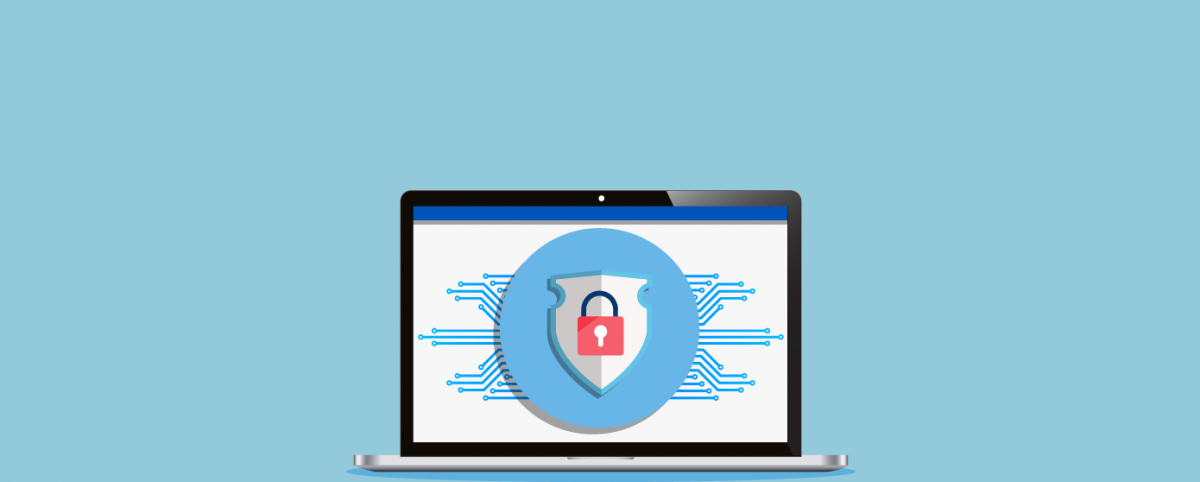12 Crucial Components Required to Conduct a Satisfactory Web Application Security Assessment
Application Security Assessment is a comprehensive assessment of the security posture of an organization. Web application security assessment is an ongoing process; not a once-a-year event or a compliance formality. It must be integrated into the application lifecycle from the SDLC stage for effective security.
For application security assessments to be effective and satisfactory, they must include 12 crucial components. Read on to find out what those components are.
The 12 Must-Have Components for Effective Application Security Assessment
1. Well-defined Application Security Policy and Processes Aligned with Business Impact
Web application security assessment does not automatically lead to app security. Security assessments identify several granular vulnerabilities, all of which need not be remediated. This decision will depend on the goals, objectives, and scope established in well-defined and continuously evolving security policies and processes.
The security policies and processes will establish strategies, remediation policies, incident response plans, patch management rules, acceptable behavior, and so on. They will define the frequency of and scope of scanning, security audits, and pen-testing.
To effectively minimize risks and maximize ROI from web application security, the policies and practices must be tied to the business risks and impact. This requires businesses to identify mission-critical assets, critical vulnerabilities and prioritizing their security above all.
2. Asset Discovery and Management
Without an understanding of the inventory, it is impossible to conduct a satisfactory application security assessment. Here, businesses need to map out their IT environment to discover, classify and document their assets. Applications are in a constant state of flux with several moving parts and third-party components. Such an agile IT environment means new assets are being added which need to be identified and included in the scope of the assessments. Similarly, several assets and components may become redundant, creating new vulnerabilities; they need to be identified and removed before they are identified by attackers.
3. Controls Analysis
Businesses typically will have some security controls in place to identify threats and vulnerabilities and mitigate risks. This may include firewalls, anti-virus, anti-malware, scanning tools, access controls, authentication practices, and so on. Through control analysis, these controls are identified.
Here, role-based access control metrics are prepared to understand the levels of authorization different user groups have. This is useful information for security audits and pen-tests.
4. Threat Intelligence
A successful application security assessment must include proactive threat identification. Given that the threat landscape is dynamic, businesses need to know all potential threats (existing and emerging) facing them, the probability of being attacked, and the impact of a successful attack.
To this end, the scanning tools, Web Application Firewall, and other security tools must be augmented with the latest threat intelligence from across the globe in real-time for effective ongoing assessment and threat prevention.
5. Continuous Application Scanning
Successful security assessments require businesses to continuously identify vulnerabilities, security gaps, weaknesses, flaws, etc. present in their application, systems, third-party components, software, code, and so on. Therefore, security vulnerability assessment is necessary.
Automated application scanning tools such as Indusface WAS effectively identify a wide range of vulnerabilities, including OWASP Top 10. Further, combined with a managed, intuitive WAF placed at the network perimeter, you can automatically patch vulnerabilities until fixed.
6. Penetration Testing
While scanning tools identify a bulk of vulnerabilities, they are not equipped to detect unknown vulnerabilities and business logic flaws. Nor do they tell IT security teams about the exploitability of known vulnerabilities. This is why penetration testing is necessary as it throws light on these aspects of web application security. They show a clear picture of how effective the existing security defenses are in protecting the application.
7. False Positive Management
False positives drain the time and resources of IT security teams. With false positive management using AppTrana, businesses can ensure zero false positives and root out unwanted distractions.
8. Likelihood Determination
Through likelihood determination, business assesses the probability of attacks/ breaches based on the findings of security vulnerability assessments, control analysis, and threat identification. This component helps businesses to categorize threats facing them as high, medium, and low and accordingly, strategize.
9. Impact Analysis
Through the impact analysis, businesses evaluate the potential damage a successful security attack could cost them. Businesses must consider factors such as financial losses, compliance, legal costs, reputational damage, customer attrition, and so on.
10. Application Security Risk Assessment
Security risks are a function of both threats and vulnerabilities. Risks are quantified using the likelihood of threats, the vulnerability of assets, and the potential impact during application security risk assessments. Further, risk ratings are created for all assets. Based on the risk rating, assets are prioritized, and remediation and security efforts are accorded.
11. Security Recommendations
Another crucial component of an effective web application security assessment is security recommendations. Having identified the current risks, businesses need to re-strategize and plan their security defenses to ensure a robust security posture.
12. Result Documentation
Documenting the results of security assessments is imperative. The detailed reports generated serve as a basis for top management to make crucial decisions on application security, including budgets, processes, procedures, etc. It also provides a solid basis for tracking and monitoring key metrics over time.
Conclusion
Application security assessments enable businesses to gain visibility into their security posture. These assessments must include the aforementioned 12 critical components for effective assessment.
Stay tuned for more relevant and interesting security updates. Follow Indusface on Facebook, Twitter, and LinkedIn


 April 29, 2021
April 29, 2021




